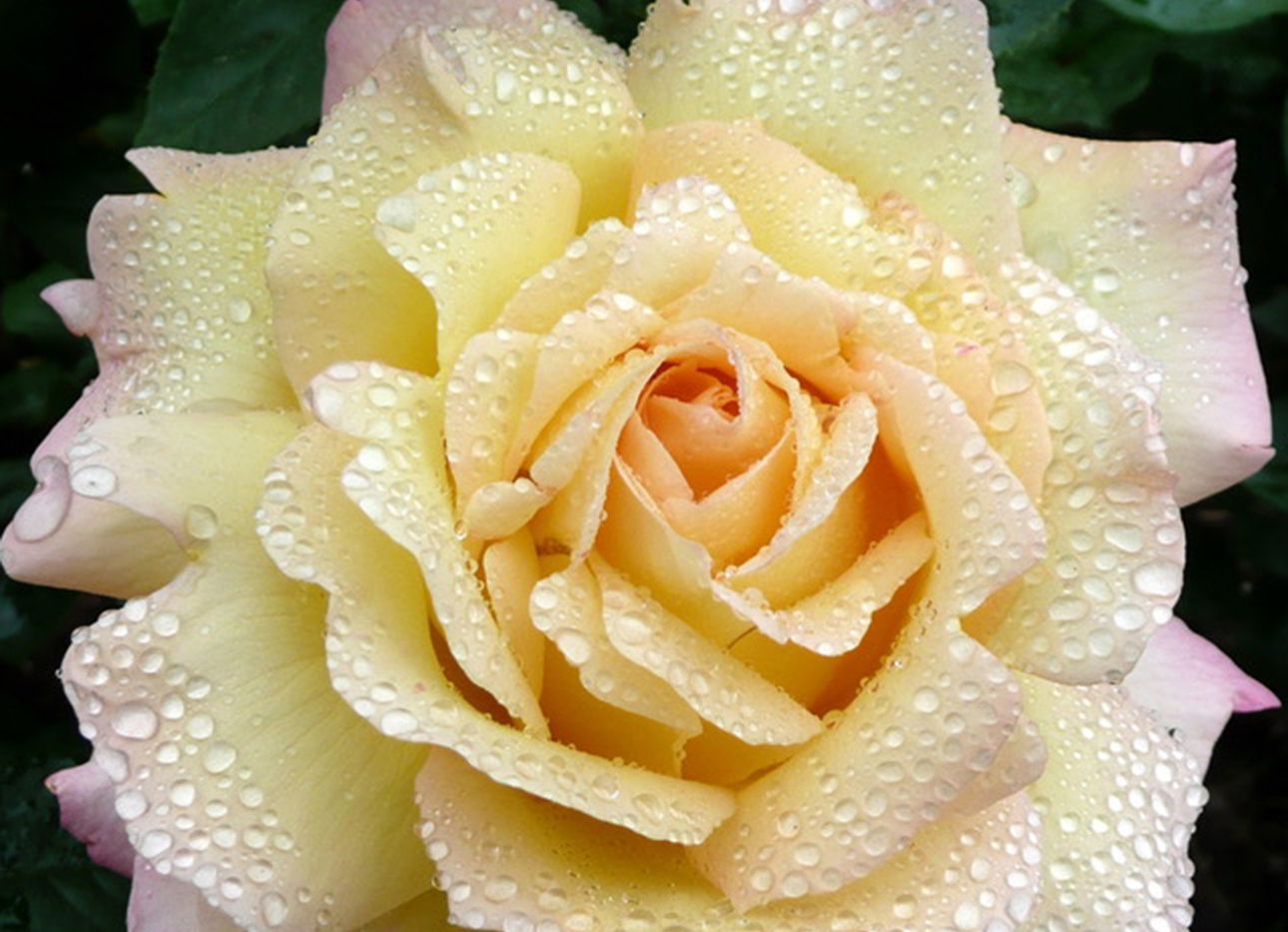
Author and Curator Peter Kukielski on the Wonders of Roses in Bloom
Rose expert Peter Kukielski, the author of Roses Without Chemicals: 150 Disease-Free Varieties That Will Change the Way You Grow Roses and former curator of the Peggy Rockefeller Rose Garden at the New York Botanical Garden, tells us about the rose-blooming season upon us.
“Rose season definitely depends on where you are. Roses are sensitive to heat, and as soon as it starts getting warm, they start leaping out and growing pretty consistently. It’s always ridiculously hard to predict when your roses are going to be in peak season, because the weather is so variable. I always tell people that when you have three consecutive eighty-degree days, that will bring the roses into bloom.
When I was working at the Botanical Garden, I think the earliest start we saw to rose season was maybe the second week of May, and that’s just because we had really warm days that year. And the latest they started coming into bloom was, like, the third week of June. That’s a five-week swing. It’s a big deal. Here in Maine, where I live now, our roses have just barely started growing, the buds are forming—so we’re looking at around July for our first bloom.
Certain roses only bloom once: There are many old garden roses, or antique roses, which are generally once-blooming roses. They’re the species roses. And when the whole rose garden comes into bloom at that time, they will be magnificent and very fragrant and very [sigh] just filled with joy, really just giving it to you. But then when they’re done blooming, they’re done until the next year.
Now, the modern roses, the modern genetics, generally come after 1867, when roses were determined modern: The first hybrid tea rose was cultivated by Baptiste André Guillot, who named it La France. There’s a dividing line: The antique or heirloom roses are generally once-blooming roses, and the modern roses are generally repeat-blooming roses that can last through early fall. And I say ‘generally,’ because there are always exceptions.
Some of my favorites, in terms of scent? I would say the David Austin roses (he’s a British hybridizer who just recently passed away) because they’ve worked so hard at fragrance. They don’t disappoint at all. Some of the new Kordes roses (they’re branded as a Parfuma, just as a marketing thing). Earth Angel and Dark Desire. First Kiss. They’re all really nice, fragrant roses. If you go back to the older roses, Autumn Damask is probably one of my favorites. There’s a perfumer in England that I quote in my book, who says of this rose, ‘If sunshine had a fragrance, this would be it.’ I just love that.
Despite what’s said about roses, they aren’t difficult to grow. They’ve existed for thirty-five million years. Just think about that: They’ve outlived the dinosaurs. Don’t you think it’s a tough plant? It’s really our modern manipulation of roses—to get the latest fad in color or shape—that have kind of messed up their genetics, and what often gets lost along the way is fragrance and disease-resistance. Because of that, some roses are better than others, and quite often, a lot of roses are not very good at all and will be difficult to manage.
I don’t know that anyone has done the count on how many varieties of roses exist, but there’s a botanical garden in Sangerhausen, Germany, that is one of the biggest repositories for a lot of old roses and genetics. I think they have between seventy to eighty thousand varieties.
If I could choose one rose for this year, it might be a rose I just planted, called the Bliss Parfuma. We’re certainly not living in a blissful time; 2020 would be considered the ‘Year of the Virus.’ But if we can have an escape from all of the news and worry, the opposite of that might be joy and bliss. A great name on a rose is a perfect thing; I’m lucky to have a rose named after me, called Peter’s Joy. It just makes me smile, and the idea of the word bliss can provide a brief reprieve from all that worry.”